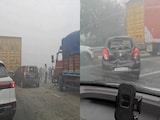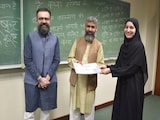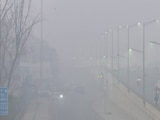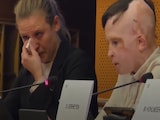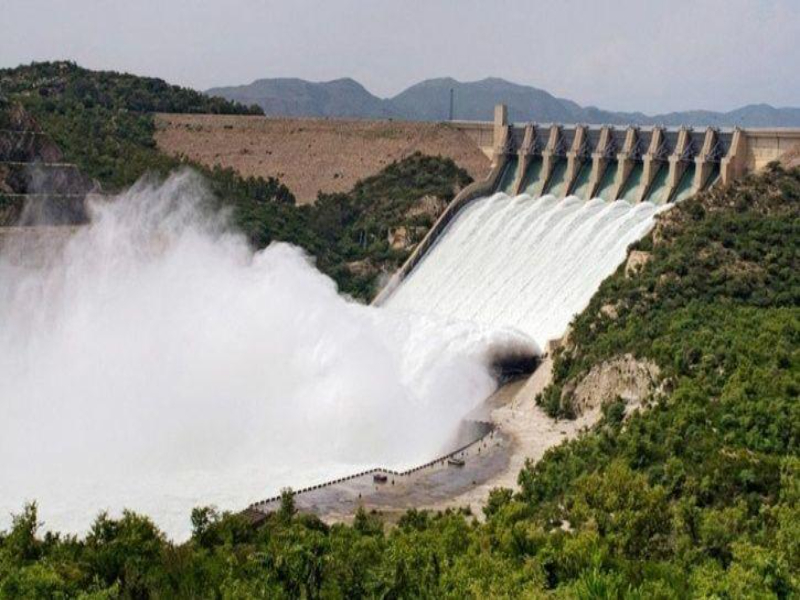Hurricane Helene that slammed into the Gulf Coast of Florida in September was so powerful that it created enormous ripples in the upper atmosphere of Earth, known as atmospheric gravity waves. NASA's Atmospheric Waves Experiment, or AWE, mounted on the International Space Station (ISS) recorded the ripples roughly 90 kilometres above ground, showing the impact of terrestrial weather on space weather. The AWE instrument detects these waves by measuring airglow — a faint light given off by gases in the mesosphere.
“Like rings of water spreading from a drop in a pond, circular waves from Helene are seen billowing westward from Florida's northwest coast,” said Ludger Scherliess, AWE principal investigator at Utah State University in Logan.
Hurricane Helene was a Category 4 storm that conjured speeds up to 225 km/hr when it made landfall on the Florida coast. According to US media reports, over 230 people were killed due to the hurricane while property worth billions of dollars was damaged. A few weeks after Hurricane Helene, the US state faced another powerful hurricane called Milton.
Also read | US Official Who Told Relief Workers To Avoid Homes With Trump Signs Sacked
What are atmospheric gravity waves?
Atmospheric gravity waves are ripples caused in the atmosphere when the air is disturbed and oscillates. It is similar to what happens when you drop a stone into a calm pond, but they roll through the air and cloudtops instead of water. Just like waves form in the ocean or a lake when water is disturbed, waves also form in the atmosphere when air is disturbed.
They form when air is forced upward by hills or mountains into a layer of stable air in the atmosphere. Gravity causes the air to fall back down, and it begins to oscillate, creating a ripple effect. As per NASA, atmospheric gravity waves can be created by hurricanes, large thunderstorms, wind bursts, tornadoes and even tsunamis.
How is it different from gravitational waves?
While atmospheric gravity waves are ripples in the atmosphere, gravitational waves are ripples in the fabric of space-time that result from violent cosmic events, such as black hole collisions and neutron star collisions.
